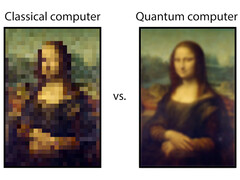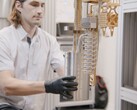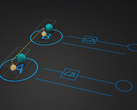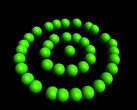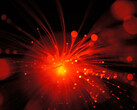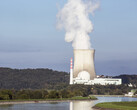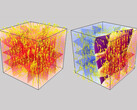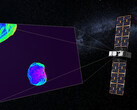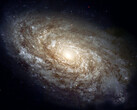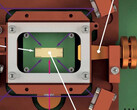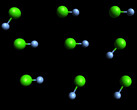Just 70 qubits, usually individual atoms in an excited state, are said to be enough to outperform current high-performance computers. Google's Sycamore quantum computer, for example, is said to have fantastic properties with this small number of qubits.
So it's no wonder that it seems almost impossible to simulate the processes inside when the computing power is so high. However, there is an urgent need to better understand how it works. Among other things, the error rate is currently extremely high. In one of Google's earlier experiments, it was 99.7 percent.
So there is plenty of room for improvement, except that the possibilities for improvement are limited due to a lack of simulations. However, a research team at the California Institute of Technology has now been able to model a system that works with 60 qubits. Previously, the limit was around 38 qubits, according to the authors of the study, which has just been published in Nature.
The fact that this is so difficult to realize and that a quantum computer is such a promising instrument in the first place is due to the quantum entanglement of the system.
A qubit does not work on its own, i.e. it does not just have a 0 or 1 state like a bit. In the case of quantum entanglement, two qubits work together, so to speak, and are again assigned a state of 0 or 1. A mixed state is also conceivable.
The fascination is justified
In addition to the 60 individual qubits, there are 1,800 different pairs that can also store information. If you go to the next level with three connected qubits, there are another 34,000 possibilities.
The quantum computer can therefore expand its existing system of 60 circuits almost at will. Or as the image of the Mona Lisa expresses it: The classical computer can paint with one brush in one thickness. The quantum computer, on the other hand, can choose freely, but becomes imprecise, it trembles a little - a nice metaphor.
The trembling is the biggest problem, because the stronger the quantum entanglement, the more error-prone the entire system becomes. If, for example, one qubit can be recognized with 90 percent accuracy, the rate is only 40 percent with five entangled qubits and rapidly approaches zero for the powers that actually characterize a quantum computer.
The fact that it was even possible to simulate this supposedly manageable number of qubit combinations is thanks to a trick. The possibilities of entanglement were limited in the simulation. This at least gives you an idea of the capabilities and allows you to view partial aspects of the system.
The aim is to obtain "only" 91 percent incorrect results. To achieve this, a qubit would have to be read correctly with 96 percent probability. That sounds feasible if it didn't involve excited atoms in a quantum computer.
In the video, a number of researchers at Caltech attempt to explain quantum entanglement. Also, very interesting!




